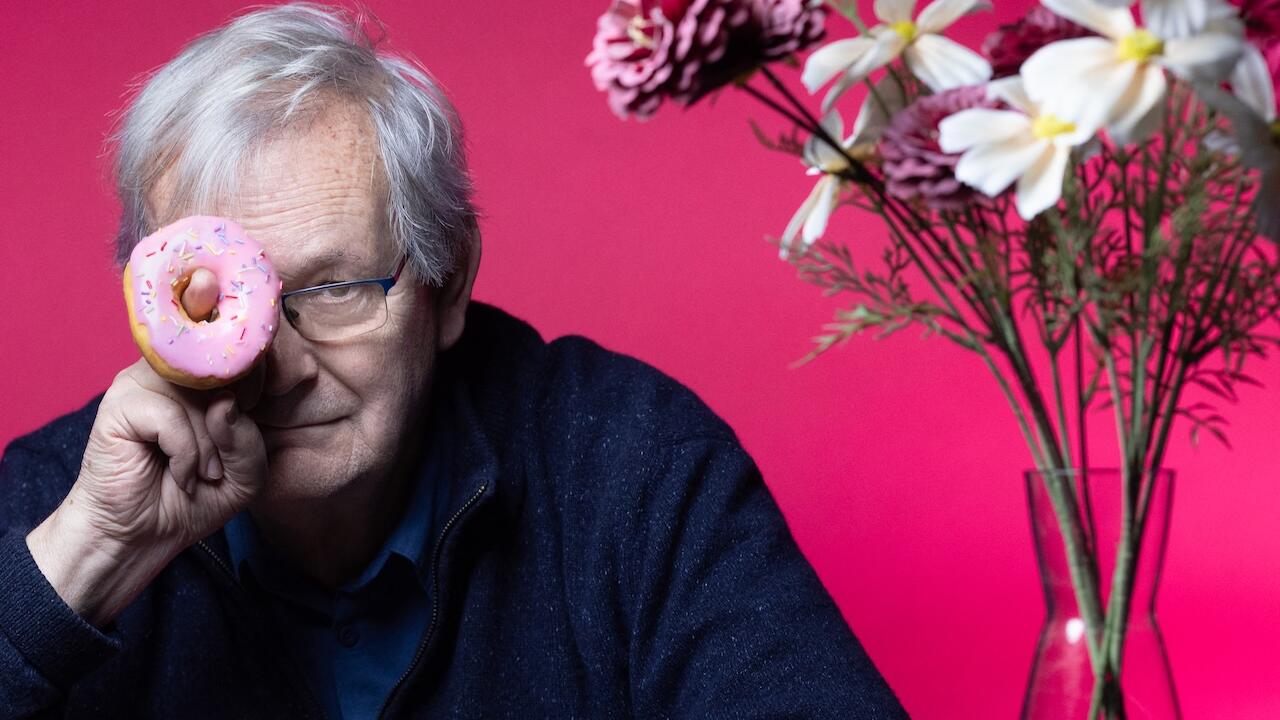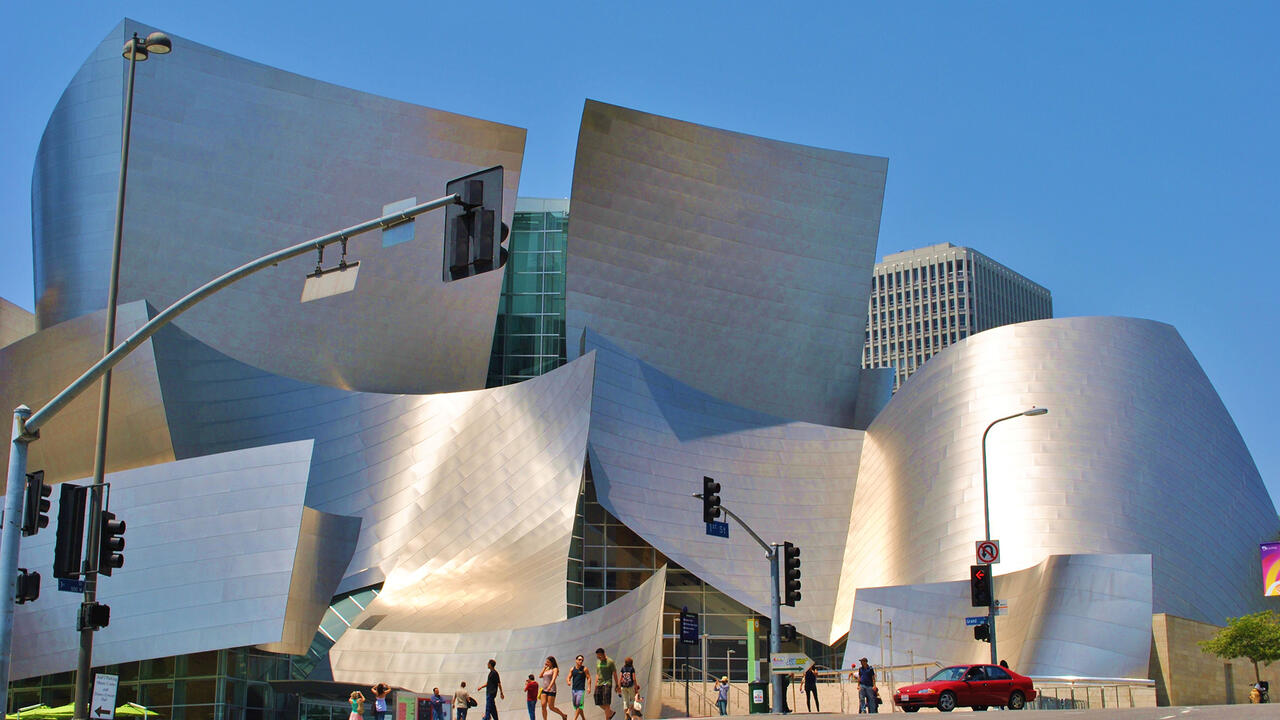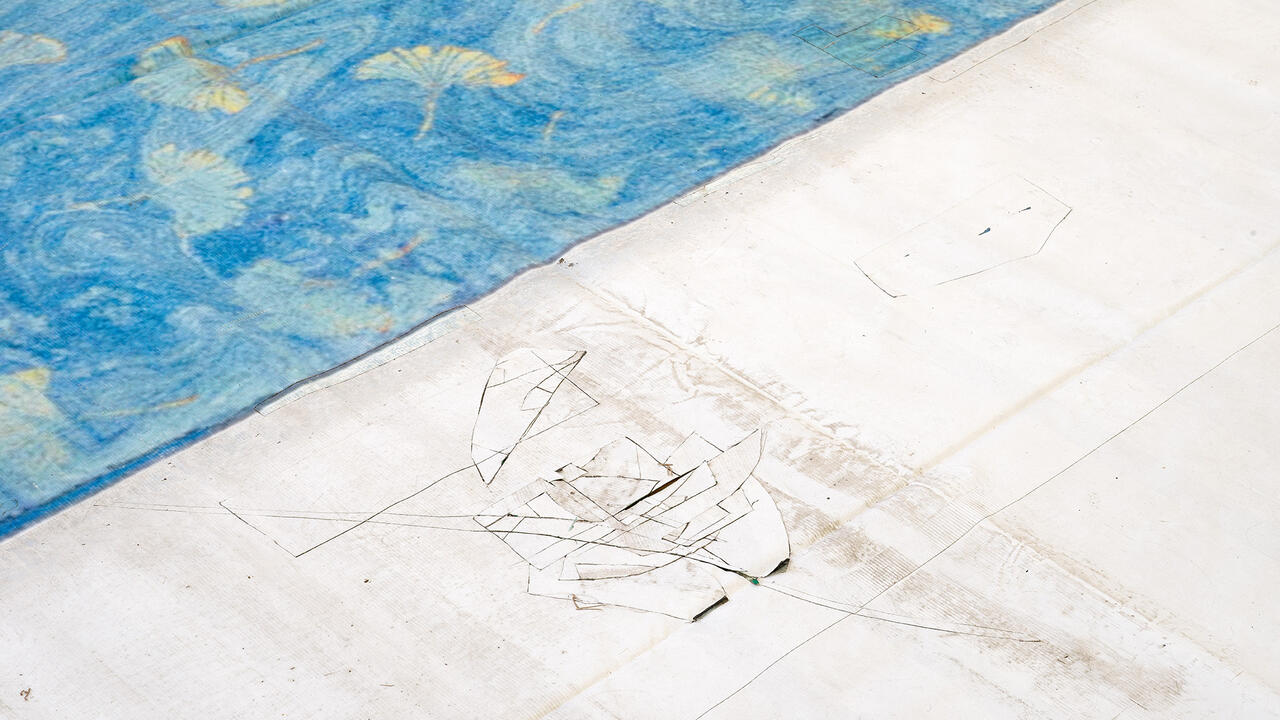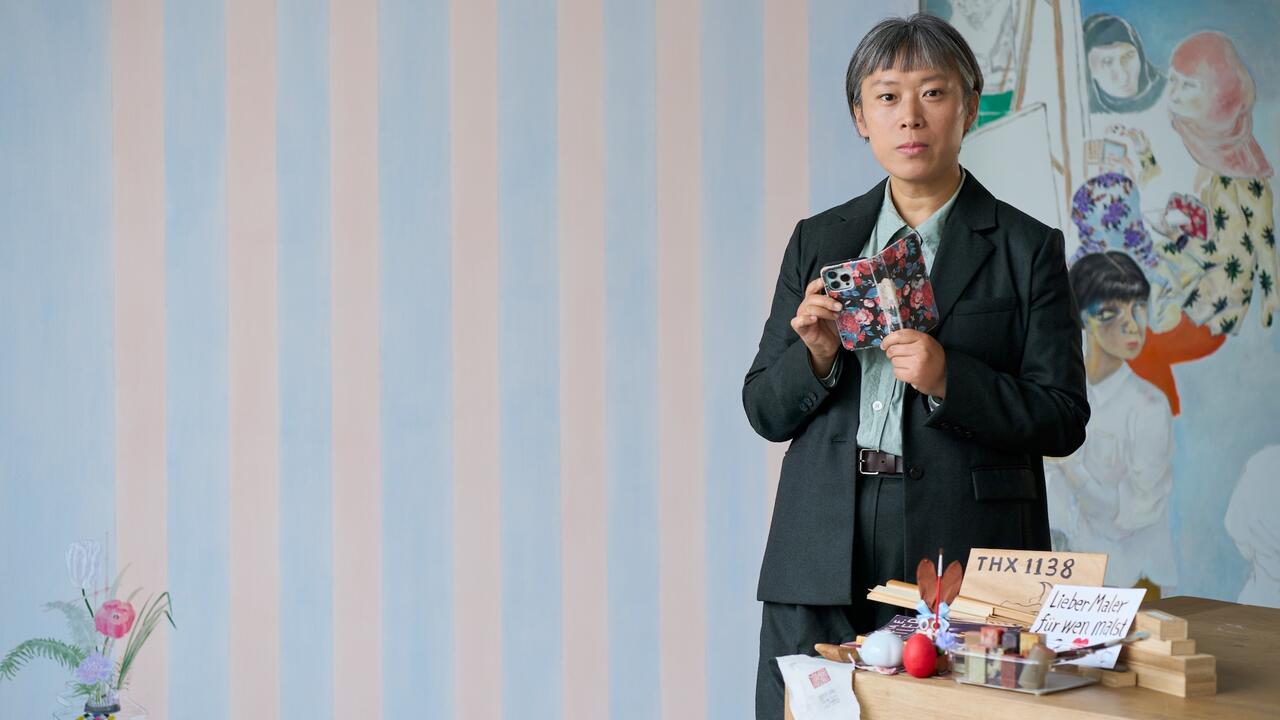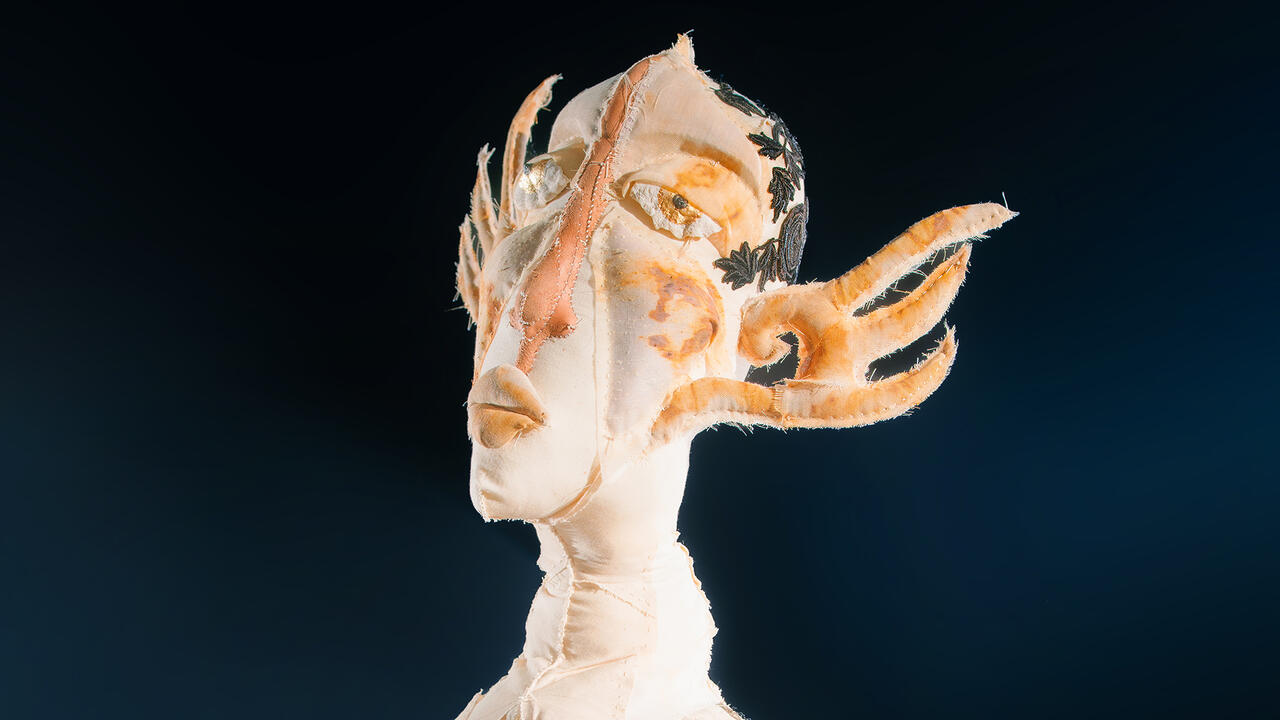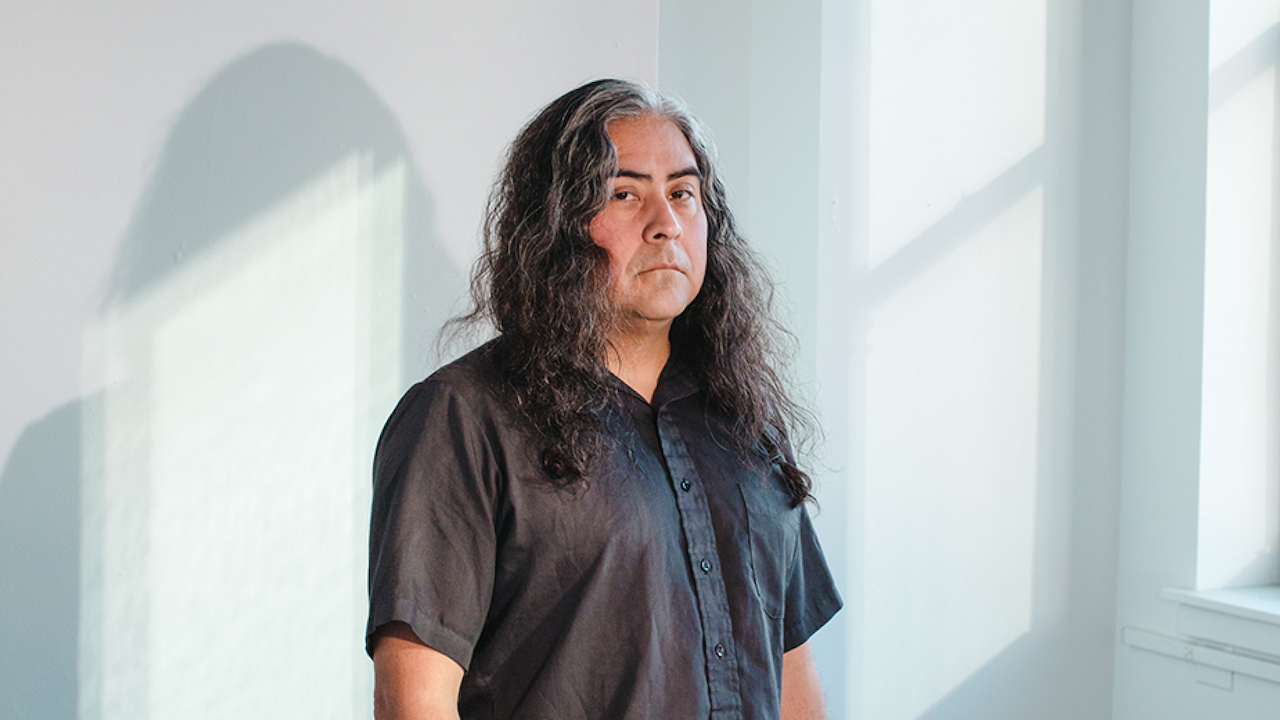Always Wanting to Break with Geography: Remembering Kanishka Raja (1969–2018)
Moving between figuration and abstraction, the New York-based painter and teacher made work about in-between spaces and from between cultures
Moving between figuration and abstraction, the New York-based painter and teacher made work about in-between spaces and from between cultures

Kanishka Raja’s goodbye was as he lived – irreverent and defiant. In the 14 months since his cancer diagnosis, the Kolkata-born artist kept up a full schedule of painting, teaching, studio visits, lectures and exhibitions. Outside of a small group of caregivers, led by his life partner Juli Raja, he kept his illness private. Kanishka did not want to be defined by the diagnosis, and he especially did not want his paintings to receive a reframing hastened by an imminent end. New Yorkers who saw his work in the recent group show ‘Lucid Dreams and Distant Visions: South Asians in the Diaspora’ (Asia Society Museum, 2017) and the solo show ‘PostWest 2a: Ornament and Translation’ (Barbara Walters Gallery, Sarah Lawrence College, 2017), or heard him speak on panels at Queens Museum of Art (‘Fatal Love: Where Are We Now?’, 2017), Alwan for the Arts (‘War of Positions: Beauty and the Sublime’, 2018) and DAG (‘Chittaprosad: The Artist as Documenter’, 2018), had no inkling of the fight for longevity. He wanted it to be that way anyway: a life of work that stood slightly outside of biography, in an in-between space.

I first encountered Kanishka through an act of his customary defiance. In 2005, Queens Museum broke with the usual India-centrism of survey shows to organize ‘Fatal Love: South Asian American Art Now’. This exhibition included artists of Indian, Bangladeshi and Pakistani ‘origin’, working in New York. At a panel discussion after the exhibition, Kanishka punctured the celebratory mood with the prescient warning that identity- and geography-based shows were going to become a conceptual trap for artists of colour. Looking back on that moment, he recently said: ‘I care about it less now, but earlier I was pretty adamant about not being defined by [biography]; I would turn down appearing in shows that classified artists by geography.’
Rit Premnath, Shahzia Sikander, Kanishka and I all came through similar experiences of coming from the Subcontinent to the United States as adults (older cohorts included Huma Bhabha, Ambreen Butt, and others). For each of us, formative language, memories and geographies started to shimmer and fade, as a life in America accumulated on top. The halfway point came for Kanishka at the age of 36 (he migrated at 18). He marked the anniversary by spending a year painting 18 quasi-identical canvases (Memory Pattern, 2005–07). The first was from a photograph of a room and the finished canvas was shipped to his gallery. The next was painted from memory and so on. By the end, when all 18 paintings were assembled, layers had been invented and forgotten: a repositioned coke machine, or a darker shadow.

Kanishka trained in abstract formalism, at Hampshire College in Amherst, Massachusetts and Southern Methodist University in Dallas, Texas. His influences included minimalist painter Denzil Hurley, especially in the ways Kanishka worked within a formalist tradition while fighting its Eurocentric positioning within art history. His work after graduate school was initially pattern and ornament based, bringing in the influence of his father Dilip Raja, whose ink illustrations are the inception of the family design business. (In Kolkata, a familiar landmark near Gariahat Flyover is the family sari shop, named after first-born son Kanishka.) In the first decade after graduate school, his work started moving into more representational areas, breaking with his training. This was the period of room interiors, tableaus of luxe life, with the human figure always insistently absent. His room interiors, charging into vanishing points, seemed to meld two iterations of Americana – Playboy and Architectural Digest. Each canvas was also affected with an absurdist aperture into an exterior – a galloping horse, an inquisitive deer, parked aeroplanes. These same planes were repeated in other canvases, as Kanishka telescoped out to the non-space of the airport (In the Future No One Will Have a Past, 2007). Through this period, he obsessed about documenting process – as in the memory paintings and another series with pigment whorls mapping the tempo of the painting.

Always wanting to break with geography, there are few legible ‘Indian’ references in Kanishka’s work. But 2009’s Where Were You in ’92? provided a hint at the origin of the jaali (perforated latticed screen) design that had started taking over his canvases. In interviews, Kanishka explained that the jaali came from the Babri Mosque in Ayodhya, target of an organized BJP rampage in 1992 that catalyzed the second stage of the Hindutva takeover of secular India. That climactic year happened to coincide with Kanishka’s return to India, where a series of circumstances led him to be trapped for a day on a train with Muslim passengers fleeing Ayodhya riots. While the post-Ayodhya communal battles undergird India’s current political rupture, in Kanishka’s work, it was, even here, a submerged whisper.
Being fellow Bengalis, we would compare our childhoods in the cities of Dhaka and Kolkata, capitals of the Bengal divided in 1947. Kanishka railed against the British Empire as chutiyas (f***ers) who partitioned India, but also pilloried post-partition leadership. A treasured book in his library was a weathered copy of George Orwell’s ‘Inside the Whale’ (later referenced in Salman Rushdie’s 1984 essay ‘Outside the Whale’), a gift from his father in 1981. Battling hypocrisies of former empire and former ruled, he defined his most recent work as ‘postwest’ and ‘against integration’.

Death interrupted many ongoing conversations, including my wondering about his return to Indian subjects, after so many years of a no-place geography within his paintings. Kanishka, who once lampooned American misreadings of ‘India’ in Me No Workie (1999), Cowboy and Indian (2002), My Heroes Have Always Been Cowboys (2003) and Cowboy Life(2004), had returned to an origin point. In a new body of work from the ‘PostWest’ series, he was designing a project in Kolkata, centered around the puja pandal (a temporary structure built for Durga Puja rituals). Along with the endurance of communities built over two decades in India and three decades in America, he hoped this work would continue conversations, in his absence.
In a letter sent to friends announcing the final stage of his illness, Kanishka began quoting Wilco (‘I Am Trying to Break Your Heart’) and ended with Basquiat, in instructions for his own memorial: ‘A simple affair, but with conversation that will hopefully be more substantive than about how good my hair looked. You’ll get word. Hope you’ll make it. That’s all, really. If you’ve made it this far, you deserve some kind of prize or something. I can’t think of anything else I want to say.
Boom. For Real.’
Main image: Kanishka Raja, discussing Chittaprosad's Hungry Bengal series at DAG, New York. Courtesy: Marzio Fulfaro








